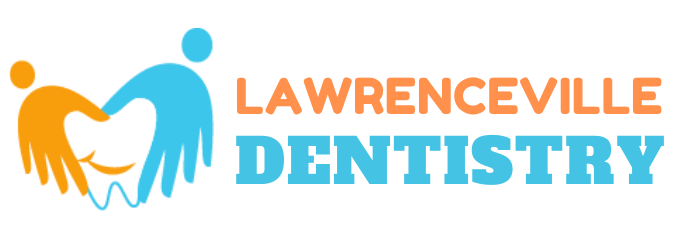Invisalign or clear aligners are orthodontic devices that are used as dental braces in plastic form for the adjustment of teeth. They are transparent and are invisible so as to have good aesthetic properties which can be used by both children and adult.Learn more
Orthodontics: Correcting Crooked Teeth and Jaw Problems
Orthodontics, a vital branch of dentistry, focuses on correcting crooked teeth and addressing jaw-related issues. Our dental office offers comprehensive orthodontic treatments tailored to each patient's needs. Our skilled orthodontists create personalized treatment plans and utilize various procedures, such as braces and appliances, to address crowding, skeletal defects, and other concerns.
Why Orthodontic Treatment Matters
Crooked teeth pose several challenges, including improper alignment within the arches, difficulty in maintaining proper oral hygiene, and aesthetic concerns. Moreover, misaligned teeth can lead to periodontal issues, tooth loss, and temporomandibular joint (TMJ) disorders. By consulting an orthodontist, you can ensure proper care for your jaw and teeth, correcting malocclusions and enhancing your oral health.
Signs You May Need an Orthodontist
When you visit our dental office, our orthodontists perform a comprehensive clinical assessment to evaluate your profile. We examine your jaw for skeletal defects and assess your dentition for crowding or spacing issues. Additionally, we gather your complete dental history and utilize various diagnostic tools like lateral cephalometry or OPGs (orthopantomograms) to diagnose any underlying problems. Here are some commonly observed issues that may indicate the need for orthodontic treatment:
- Crowding: When short jaws or excessive teeth cause tight packing within the dental arch.
- Crossbites: When the upper arch teeth fail to overlap the lower arch teeth, creating the opposite biting pattern.
- Open bites: When the mouth cannot close or achieve proper occlusion.
- Teeth spacing: Teeth that have gaps within the dental arches due to a limited number of teeth or a short jaw.
Other problems that may require orthodontic intervention include:
- Overbite or midline shift of teeth, seen in Class II or Class III malocclusion cases.
- Skeletal Class III or skeletal Class II defects, necessitating appliances to realign the jaws.
- Defects such as micrognathia (short jaws) or macrognathia (large jaws), requiring orthodontic consultation.
- Habits like thumb sucking or mouth breathing, which may require the fabrication of appliances to control their effects on dentition.
Treatment Modalities for Orthodontic Care
Our dental office offers various treatment modalities to address orthodontic concerns effectively. The following appliances are commonly used:
- Dental braces: The most common appliance used to treat irregular and crowded teeth is braces.
- Space maintainers: Orthodontists use orthodontic appliances to guide permanent teeth into their correct positions in children with premature tooth loss.
- Headgear: This appliance controls the position of the jaw.
- Chin cups: These aids in guiding a forwardly placed chin back to its proper position.
Choose our Dental Office for Orthodontic Care
Our orthodontists possess extensive expertise in treating a wide range of orthodontic issues. If you are experiencing any dental problems that require specialized treatment, we encourage you to contact us. Let our dedicated team help you achieve a healthy and beautiful smile through our orthodontic services.
For booking your appointments be in touch with Todays dental . We assure you that you will get a world-class treatment here from our well-experienced dentists.
